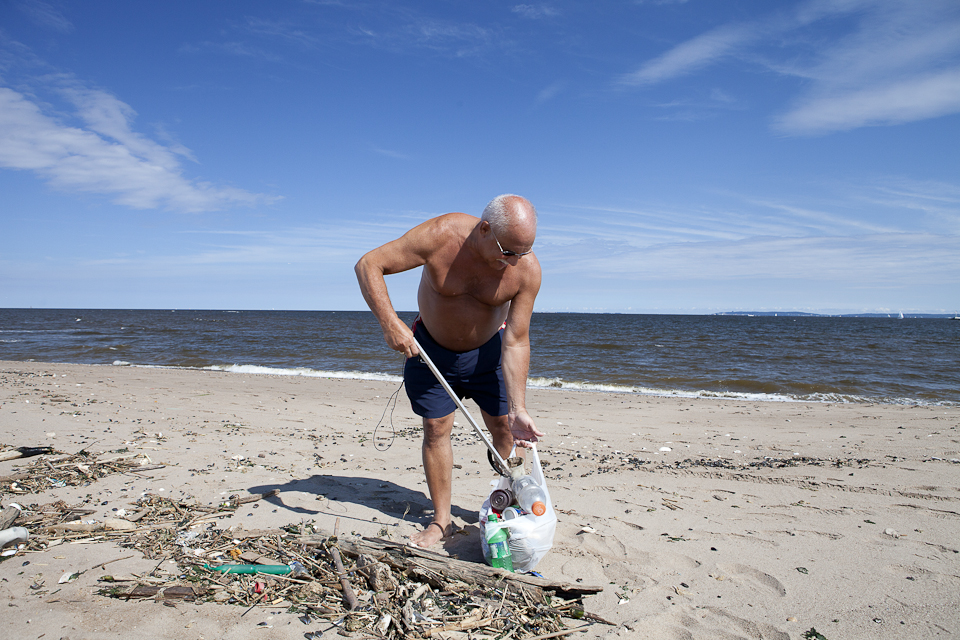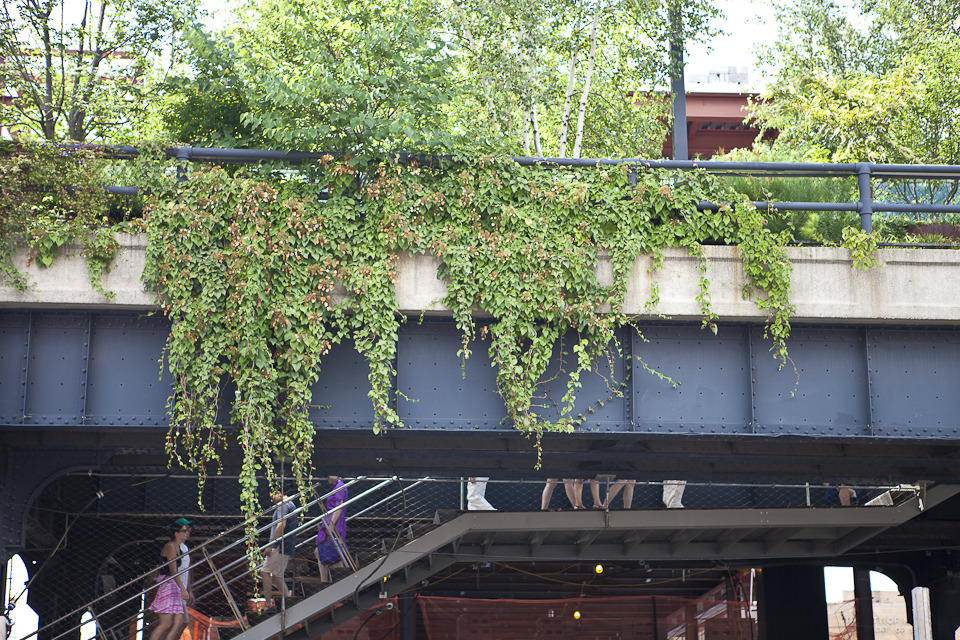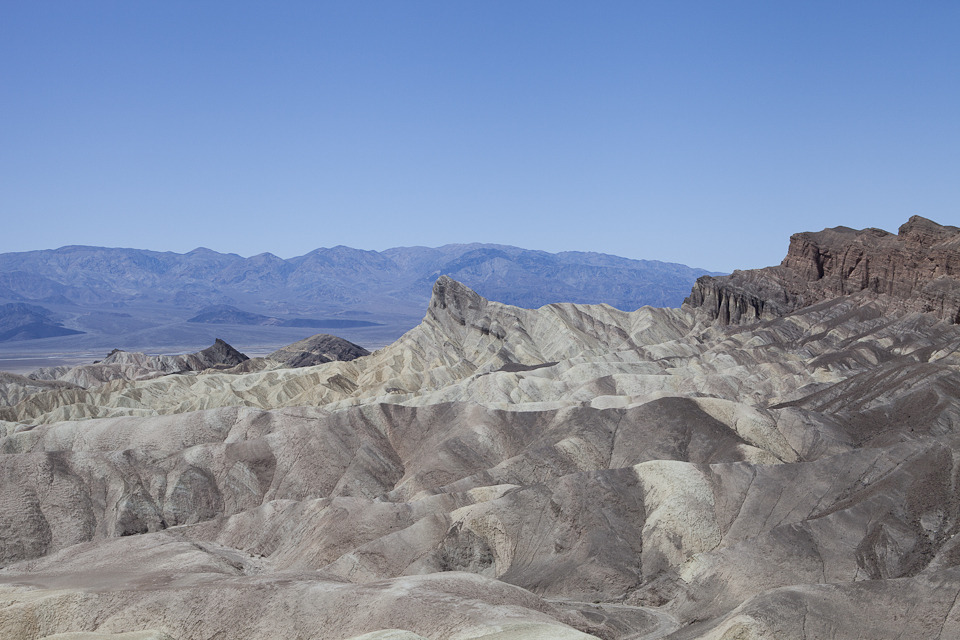I was fortunate to have the opportunity to spend 3 weeks in New York City this July, staying at my cousin’s place in mid-town Manhattan. I first visited New York back in the early 1990’s on a J1 visa from Ireland. As a teenager, I travelled alone on my first trip out of the country leaving behind the familiarity of rural West of Ireland for the most exciting and fast-moving city in the world. Incredibly I hadn’t been back since then although I’ve dreamt about it many times. I’m a firm believer that it’s rarely possible to relive the experiences and emotions evoked by a place no matter how long you wait. Expectations are meant to be broken. But this time I had a clear sense of purpose to justify revisiting the Big Apple. I wasn’t just another tourist with a photo album to fill with smiling pictures next to iconic city landmarks. I was an ever so slightly advanced version – a photographer with an empty leather-bound portfolio to fill. Views of the Statue of Liberty and Empire State Building were replaced by those of power stations and litter-strewn beaches. Rather ominously, the mercury tipped 100F on the day I arrived as large parts of the US Mid-west suffered from an epic drought causing crops to fail. New York is not the kind of city that you want to be lugging a heavy camera bag and tripod across. Heat, humidity, crowds, noise, traffic and air pollution all conspire to beat the most driven of photographers into submission.
It was pretty clear to me after a couple of days that the most striking feature of New York was not the height of gleaming skyscrapers nor the bustle of grand avenues but rather how the man-made city interacted with it’s natural surroundings. Most dramatic of all is the spectacular view across a verdant Central Park hemmed in on all sides by towering blocks of concrete and glass. But take a walk or subway ride far enough in any direction and sooner or later you will encounter water. Strutting bridges, cavernous tunnels and chugging ferries criss-cross the city’s harbour and rivers connecting all five boroughs and the rest of the mainland. I found myself spending a disproportionate amount of time along the waterfront visiting places that many native New Yorkers have never taken time to see. From marshes on wildlife reserves to beaches on the city fringes, from industrial landscapes to desirable riverside residences, I tried to get a sense of the city’s relationship with the water from a landlubber’s perspective.
Walking along Battery Park and the southern tip of Manhattan really brings home just how close one of the global centres of finance is to sea-level. Battery Park City, juts vulnerably into the Hudson on land reclaimed using earth excavated from the original World Trade Centre site. Housing the World Financial Center and a population of more than 10,000 living in high spec condominiums, it takes some stretch of the imagination on a sunny July day to picture this affluent neighbourhood under water. But that is what happened earlier this week when the boardwalk was flooded by the tidal surge caused by Superstorm Sandy. Is this a waterfront development gone one step too far? This is not to say that city officials are guilty of ignoring the need to plan for the future sustainable growth and resilience of the city. After all, it’s rather hard to hide the fact that more than 200,000 New Yorkers live less than 4 feet above high tide – second only to New Orleans in the US. PlaNYC was launched by the Mayor in 2007 “to prepare the city for one million more residents, strengthen our economy, combat climate change and enhance the quality of life for all New Yorkers” This is a rather grand plan that has now clearly been exposed as lacking teeth and real action on the ground. Enhancing and protecting wetlands, planning for sustainable storm-water management, adapting to climate change – there is certainly no lack of strategy at PlaNYC, although many of the reports are not freely available to the public. One such report prepared by a panel of leading science, legal and insurance experts with the backing of the Mayor’s office is entitled “Climate Change Adaptation in NYC: Building a risk management response”. Amongst the key findings is stated that “NYC should begin to adapt to climate change today…temperature increases and sea level rise are already occurring”. And so this lead me on to question whether these leading experts are going to revise their assessment of the risks posed by climate change to the future resilience of NYC and whether the politicians are going to sit up and put concrete measures in place. Unfortunately, there is no quick fix for New York in the same vein as other global cities such as London. The Thames Barrier is London’s main flood protection against tidal surges that make their way up the estuary from the North Sea. New York has no such luxury. A sea barrier would need to be constructed at multiple points across the waterscape at an estimated cost of $10 billion. But if the city takes a hit of $20 billion on the current disaster as widely reported in the media, would that not be money well spent?
Earlier this year, Climate Central, a non-profit organization that conducts research on climate change and communicates findings to the public, launched an interactive map called “Surging Seas”. Anyone can select their neighbourhood in the US and use a slider to adjust sea levels to see the impact on local population, homes etc. When I used the tool for The Battery in New York, I was told that there is more than a 1 in 6 chance that a combined sea level rise, storm surge and tide would exceed 10 feet on or after the year 2100. And yet floodwaters reached almost 14 feet this week – many decades before the end of the century. To my mind, this shows that far from scaremongering, our scientists are being over-conservative in their judgments.
New Yorkers and fellow Americans along the East Coast are still dealing with the more pressing issues of restoring power, pumping water from subways and repairing damaged property in the aftermath of the storm’s destruction. But it won’t be long before the public begins to ask questions of its political, business and community leaders about why their neighbourhoods were so unprepared for an event such as this. You may say that there hasn’t been a precedent but that isn’t entirely true. Hurricane Irene came dangerously close to flooding the subway last year. Not to mention Hurricane Katrina – lessons learnt in one city apparently but the same logic has not been extended to other coastal communities. Comparisons with the single greatest destructive event in the history of New York will inevitably be made. Is this latest storm another 9/11 moment in the history of the city (and the nation) where general consensus is swayed into taking action against another rather undefined and unforeseen threat to the city? I fully understand that making any comparison with such a momentous occasion that is ingrained in the nation’s psyche is controversial. Ground Zero is hallowed ground not just in a physical sense but in a metaphysical sense also. But equally, it would be irresponsible to ignore the many similarities between both events.
Climate change and environmental issues have largely been ignored in equal measure by the Obama and Romney camps in the current presidential race. The political future of America has been framed in such a way that leaves no room for discussion on a topic that we are told will not create jobs and will only become an unnecessary financial burden on an already debt-stricken economy. A fallacy of course but not one that I intend to debate here and now. American politicians have always succeeded in rallying support by confronting real or imaginary enemies. A struggling economy as a threat to the American way of life or a terrorist-led Jihad as a threat to the nation’s security. Perhaps now a new threat will be added to that list – the threat to the future resilience and indeed existence of major cities such as New York. Neither of the main political parties has seized upon man-made pollution as a threat to the nations health and future sustainability in this election campaign. It is probably too late with barely a week to go until polls close. Recent events are too fresh and too raw in the minds of citizens along the East Coast to make it a campaigning issue. Nevertheless, no matter which administration makes it into the White House, it will ignore the lessons of the past few days at its peril.
Taking the Staten Island Ferry across New York Harbour, one of the world’s great natural harbours, is an exhilarating (and gratifyingly free) experience. I made the extra journey down to Great Kills Park in the southeast of the island on a sweltering July day, past the hoards of beachgoers along FDR boardwalk and beach. I walked along a narrow deserted spit of land until I could go no further. There I met a bronzed and greying volunteer picking litter along the beach. Joe talked about the debris washed ashore when the tail-end of Hurricane Irene swept through the region in 2011. Back then the beach was strewn with great big hunks of driftwood. Today, the scene in nearby Great Kills Marina is rather more sobering. Boats are flung at odd angles onto Mansion Avenue and neighbouring streets wreaking havoc on the local community. Elsewhere on the island, helicopters plucked stranded residents from the roofs of homes as flood-waters swirled below. A new frontline has been drawn in the battle to protect America’s citizens from the ravages of a climate that cannot be controlled.
Originally published in 2012




Recent Comments